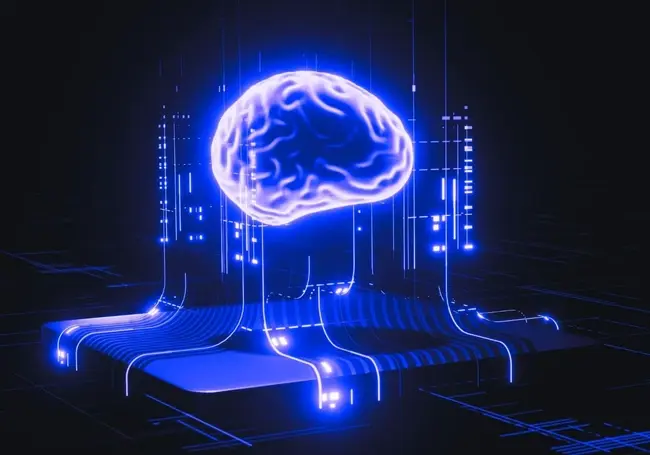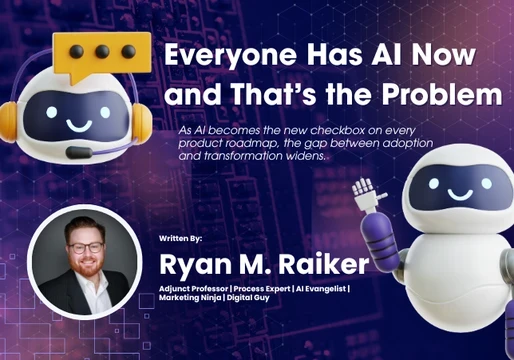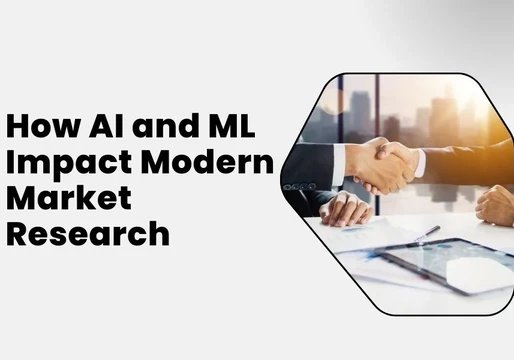Transfer learning is a powerful technique for training AI models in specific tasks. Its application can revolutionize the way we utilize machine learning tools and improve their performance, especially when dealing with limited data or complex problems.
In this article we’ll explore transfer learning, what its used for and how it is different to deep learning.

What is Transfer Learning?
Transfer learning is a technique used to teach machine learning models. The model is trained as knowledge gained from one task or data set is used to improve the models performance on related tasks and datasets. This allows the model to build on its knowledge and be efficient in new tasks.
Transfer learning is particularly useful when dealing with limited data or computationally intensive tasks.
In computer vision, the learning method can be used for image classification, object detection, and image segmentation. Pre-trained models on large datasets significantly improve the accuracy and efficiency of machine learning models.
What is Transfer Learning Used For?
Transfer learning is essential in training AI in medical image analysis. Medical image data sets are small and specialised compared to typical large scale databases.
By utilizing transfer learning pre-trained models can be leveraged by bigger data sets to then be fine tuned on smaller, more specific data sets. This achieves a better overall performance than training a specialised model from scratch.
Pre-trained models have been exposed to a diverse range of images, enabling them to generalize better to new, unseen medical images. This improves the model's ability to handle variations in image quality, lighting conditions, and patient demographics.
Here, transfer learning enables accurate disease diagnosis and treatment planning. By training models on large datasets of medical images, we can identify patterns and anomalies that may be difficult for human experts to detect.
Read: Google's Med-Gemini AI is here. Will it Revolutionize Healthcare?
By analyzing large datasets of drug interactions and side effects, AI can help to predict potential drug interactions and identify promising drug candidates.
Other applications of transfer learning include speech recognition, recommendation systems, and financial forecasting.
Is Transfer Learning Different Than Deep Learning?
Yes, transfer learning is different to deep learning. In fact, transfer learning is a technique that is part of deep learning.
Deep learning itself is a part of machine learning. It uses artificial neutral networks to learn complex patterns from vast data sets.
Read: Deep Learning vs Machine Learning: What’s the Difference?
Transfer learning is a specific approach within deep learning wherein a model is trained on one specific task, such as image classification, and is reused again as a starting point for a related task, such as medical image analysis.
Ultimately this helps to save time and resources whilst improving overall performance when dealing with a smaller data set.







Comments ( 0 )